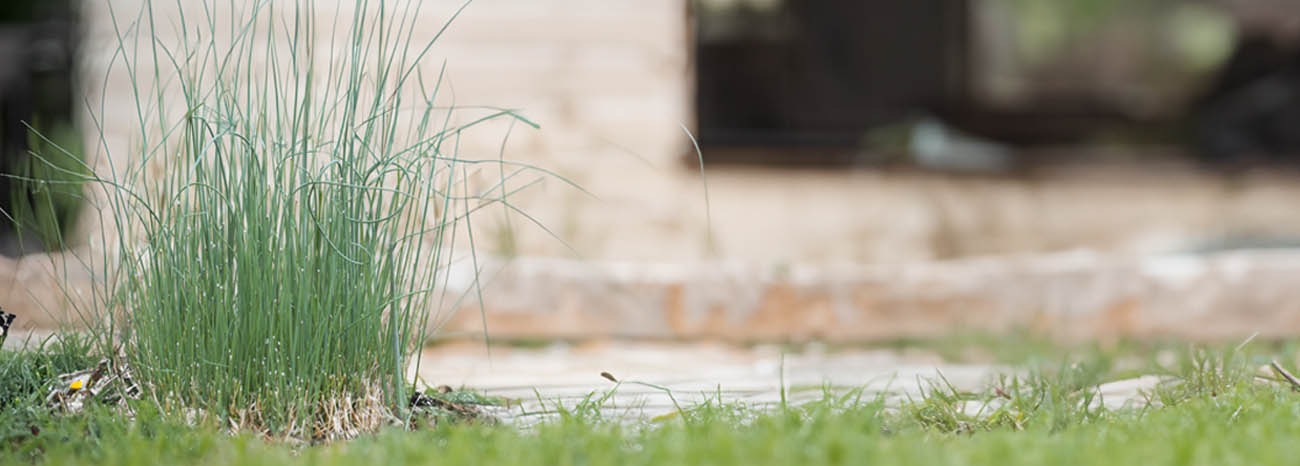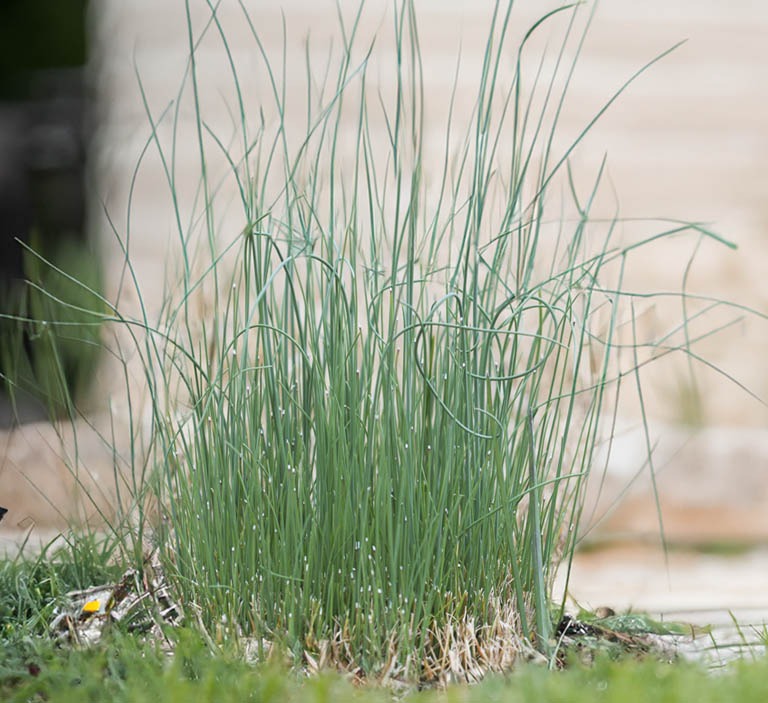Wild onion grass, also known by its scientific name, Allium canadense, is a common and persistent perennial weed that invades lawns and gardens across the country. It grows from underground bulbs, making it particularly difficult to eradicate since these bulbs can remain dormant in the soil and resprout even after the plant is removed.
While it’s easy to mistake it for wild garlic or think it’s a harmless addition to your lawn, this plant can be both a nuisance and a mystery to many homeowners. Let’s explore what wild onion grass is as well as how to identify, remove and prevent it from taking over your lawn.
The Importance of Managing Wild Onion Grass
Wild onion grass grows rapidly. Unlike many other weeds, wild onion grass can survive mowing, poor soil conditions and even some herbicides, making it a challenge to control. Early intervention is crucial to its management.
How to Identify Wild Onion Grass
- Physical Characteristics: Wild onion grass is characterized by its narrow, dark green, grass-like leaves that emerge from small, clustered bulbs. The leaves are hollow and have a waxy texture, growing up to 18 inches tall. In the spring, wild onion grass may produce small, white to pinkish flowers at the top of its stalk, although this is less likely in lawns where mowing prevents flowering.
- Distinguishing Features: One of the most distinctive features of wild onion grass is its strong onion-like odor, which becomes noticeable when the leaves or bulbs are crushed. This smell is a key identifier, especially when trying to differentiate it from other similar-looking weeds.
The Difference Between Wild Onion Grass and Wild Garlic
It’s easy to confuse wild onion grass with wild garlic, but there are subtle differences. Wild garlic typically has round, hollow leaves, while wild onion grass has flat, solid leaves. Wild garlic bulbs are visible above ground, unlike wild onion grass with its underground bulbs. Wild garlic plants also tend to produce a more rounded flower cluster than wild onion grass.
Is Wild Onion Grass Edible?
Wild onion grass is edible and can be used similarly to chives or green onions in cooking. However, it’s important to ensure that the plant has not been treated with herbicides or pesticides before consumption.
Aside from wild onion grass and wild garlic, other plants and weeds from the Allium family, such as ramps and crow garlic, can emit an onion-like odor. Ramps and crow garlic are edible, providing the same precautions are taken by making sure they are free from chemical applications.
How to Remove Wild Onion Grass from Your Lawn
Removing wild onion grass requires diligence and the right approach. Here’s how to tackle it:
Manual Removal
The most effective way to remove wild onion grass is by digging it up and making sure to remove the entire bulb system. Simply pulling the leaves will not work, as the bulbs will remain underground and regrow. To remove the bulbs, loosen the soil around the plant and gently lift the entire clump from the ground.
Tools and Equipment
Using the right tools can make a big difference in effectively removing wild onion grass. A spade, garden fork or bulb planter can help you reach deep into the soil to extract the bulbs without disturbing nearby plants. Depending on the extent of the growth you might consider using a spade or shovel to remove the clumps of soil containing the bulbs.
Proper Disposal
After removing wild onion grass, it’s important to dispose of it properly to prevent regrowth. Do not compost the bulbs since they can survive and spread. Instead, bag the plants and bulbs and dispose of them with your regular trash or yard waste collection.
Preventing Wild Onion Grass in Your Lawn
Preventing wild onion grass starts with taking these specific control measures:
- Cultural Practices: Maintaining a healthy, dense lawn is your best defense against wild onion grass. Regular mowing, proper fertilization and adequate watering will help keep your grass hardy, making it difficult for wild onion grass to take root. Consider aerating your lawn to improve soil drainage and reduce compaction to discourage the growth of weeds.
- Chemical Control: Look for herbicides specifically formulated for bulbous weeds like wild onion grass. Always follow the manufacturer’s instructions for application and take necessary safety precautions, especially if the area is frequented by pets or children.
- Monitoring and Early Detection: Regular lawn monitoring is essential for early detection of wild onion grass. If you notice small clumps of grass with an onion-like odor, remove them immediately before they spread.
Conquering Wild Onion Grass is Within Reach
Wild onion grass may be a persistent weed, but with the right knowledge and approach, you can keep it from taking over your lawn. Taking action early, with regular lawn maintenance and targeted removal strategies, is the key to keeping your lawn free of this persistent invader.
Our team of expert technicians is always here to help. If you have questions about getting started with one of our lawn programs, visit emoyer.com/services/lawn-care or call 215.799.2016.

